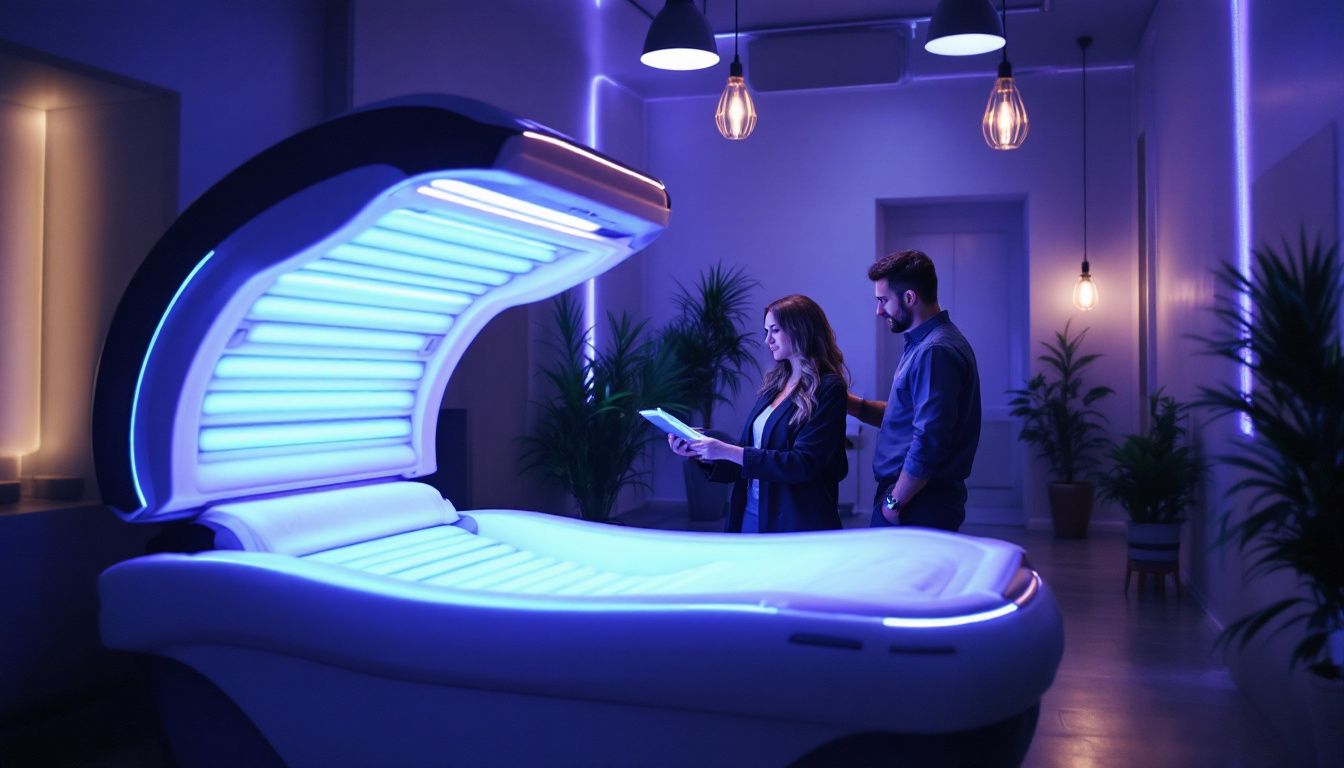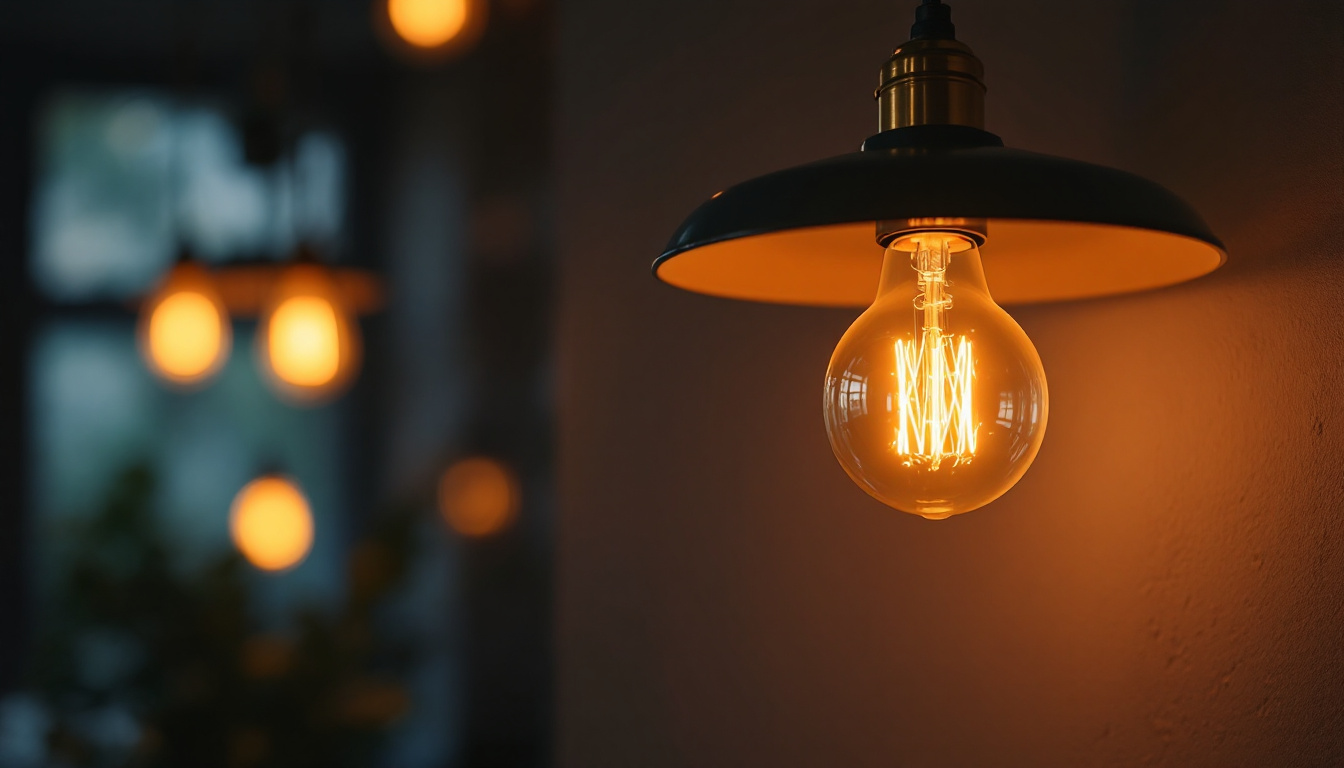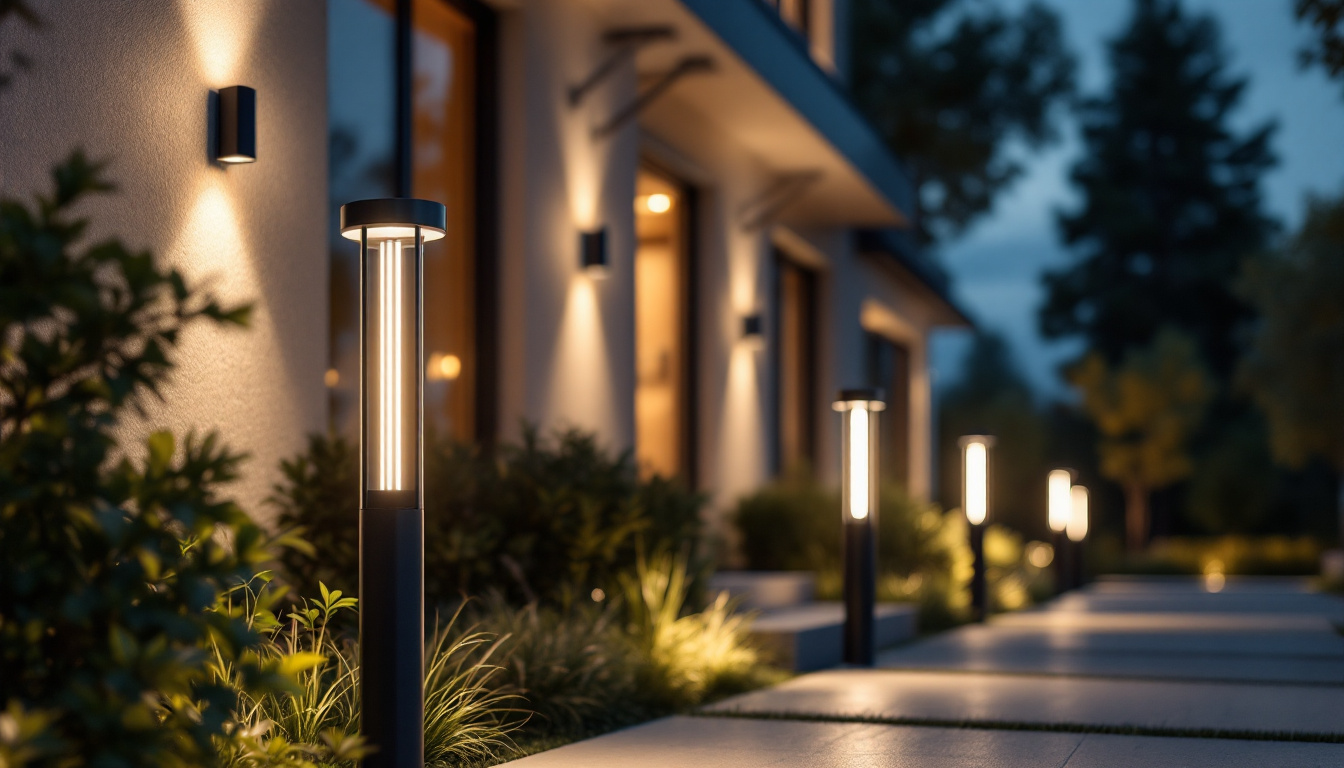

In the world of lighting, the tanning bed is a unique fixture that combines both functionality and aesthetic appeal. As more individuals seek to enhance their appearance through artificial tanning, understanding the intricacies of tanning bed lighting becomes essential for contractors in the field. This article delves into the insights shared by expert lighting contractors, exploring the types of lighting used, the technology behind tanning beds, and the best practices for installation and maintenance.
Tanning beds utilize specific types of lighting to simulate the effects of natural sunlight, allowing users to achieve a bronzed complexion without the need for outdoor exposure. The primary source of light in these beds is ultraviolet (UV) light, which is crucial for stimulating melanin production in the skin. However, the choice of bulbs and their arrangement can significantly impact the effectiveness and safety of the tanning experience.
There are mainly two types of bulbs used in tanning beds: fluorescent and high-pressure lamps. fluorescent bulbs are the most common, providing a broad spectrum of UV light that is effective for tanning. These bulbs are typically arranged in a way that maximizes exposure, ensuring that users receive an even tan.
On the other hand, high-pressure lamps emit a more concentrated form of UV light and are often found in more advanced tanning beds. These lamps can produce a deeper tan in a shorter amount of time, making them a popular choice for those looking for quick results. However, they also require careful handling and installation due to their higher intensity. Additionally, high-pressure tanning beds often come equipped with cooling systems to counteract the heat generated by these powerful bulbs, ensuring a more comfortable experience for users.
The UV spectrum is divided into three categories: UVA, UVB, and UVC. UVA rays penetrate deeper into the skin and are primarily responsible for tanning, while UVB rays are associated with sunburn and skin damage. UVC rays, which are the most harmful, are typically filtered out by the atmosphere and do not play a role in tanning beds.
Understanding the balance between UVA and UVB exposure is crucial for contractors. A well-designed tanning bed should provide a safe ratio of these rays to minimize the risk of skin damage while still delivering the desired tanning effect. This balance is not only vital for user satisfaction but also for compliance with health regulations. Moreover, many modern tanning beds are equipped with timers and sensors that monitor exposure levels, allowing users to tan safely while minimizing the risk of overexposure. This technological advancement helps to educate users about responsible tanning practices, promoting a healthier approach to achieving that sun-kissed glow.
Furthermore, the maintenance of tanning bed bulbs is essential to ensure optimal performance. Regularly replacing bulbs according to the manufacturer’s recommendations not only enhances the tanning experience but also ensures that the UV output remains consistent and safe. Over time, bulbs can lose their effectiveness, leading to uneven tanning results and potentially increasing the risk of skin damage. Therefore, salons and users alike must stay informed about the lifespan of their tanning bed equipment to maintain a safe and effective tanning environment.
Installing a tanning bed requires careful planning and execution. Lighting contractors must consider various factors to ensure that the bed operates efficiently and safely. From electrical requirements to ventilation, each aspect plays a significant role in the overall performance of the tanning bed.
Tanning beds demand a specific electrical setup to function correctly. Most beds operate on a dedicated circuit, which is essential to handle the high wattage of the bulbs. Contractors must ensure that the electrical supply meets the manufacturer’s specifications to prevent overheating and potential damage to the equipment.
Additionally, it is crucial to install appropriate circuit breakers and fuses to protect against electrical surges. A thorough understanding of local electrical codes is also necessary, as regulations may vary depending on the region.
Proper ventilation is another critical consideration when installing tanning beds. The bulbs generate significant heat during operation, which can lead to overheating if not adequately managed. Incorporating a cooling system or ensuring that the tanning bed is placed in a well-ventilated area can help maintain optimal operating temperatures.
Some tanning beds come equipped with built-in cooling fans, but additional ventilation may be necessary, especially in enclosed spaces. Contractors should assess the layout of the installation site and recommend solutions that promote airflow, enhancing user comfort and equipment longevity.
Regular maintenance is essential for the longevity and performance of tanning beds. Lighting contractors play a crucial role in educating clients about proper care and upkeep. This not only ensures safety but also enhances the overall user experience.
Keeping tanning beds clean is vital for both hygiene and performance. Contractors should recommend a cleaning schedule that includes disinfecting the surface of the bed and the bulbs. Over time, dust and skin oils can accumulate, affecting the quality of the tan and potentially harboring bacteria.
Bulb replacement is another critical aspect of maintenance. Tanning bulbs have a limited lifespan, and their effectiveness diminishes over time. Contractors should advise clients on the appropriate intervals for replacing bulbs, typically every 500 to 800 hours of use, depending on the type of bulb. Keeping a record of usage can help in scheduling timely replacements.
Conducting regular safety inspections is essential to ensure that tanning beds are functioning correctly and safely. Contractors should check for any signs of wear and tear, such as frayed wires or damaged bulbs. Additionally, testing the electrical components and ensuring that all safety features are operational can prevent accidents and injuries.
Educating clients about the importance of safety inspections can foster trust and encourage them to prioritize maintenance. A well-maintained tanning bed not only enhances user satisfaction but also protects the investment made by the business owner.
The tanning industry is continually evolving, with advancements in technology leading to more efficient and safer tanning solutions. Lighting contractors must stay informed about these trends to offer the best options to their clients.
One of the most exciting developments in tanning bed technology is the emergence of smart tanning beds. These beds are equipped with sensors that monitor various parameters, such as temperature, UV exposure, and session duration. Users can receive real-time feedback on their tanning sessions, allowing for a more customized experience.
Smart tanning beds often come with mobile applications that enable users to track their tanning progress and receive reminders for maintenance. This technology not only enhances user engagement but also allows contractors to streamline maintenance schedules based on usage patterns.
LED tanning technology is gaining popularity as a safer alternative to traditional UV tanning. These beds use LED lights to produce a broader spectrum of light, which can provide a tan without the harmful effects associated with UV exposure. Contractors should familiarize themselves with this technology, as it may appeal to clients looking for safer tanning options.
LED tanning beds typically have a longer lifespan and lower energy consumption compared to traditional beds, making them an attractive choice for business owners. Understanding the benefits and limitations of LED technology can help contractors make informed recommendations to their clients.
Compliance with safety regulations is paramount in the tanning industry. Lighting contractors must be well-versed in local and national regulations governing tanning bed operations. Adhering to these standards not only protects users but also safeguards the business from potential legal issues.
Various health organizations provide guidelines for the safe use of tanning beds. These regulations often include recommendations for UV exposure limits, age restrictions, and mandatory signage warning users about the risks associated with tanning. Contractors should ensure that their clients are aware of these regulations and help them implement necessary measures.
Additionally, contractors may need to assist in obtaining the required licenses and permits for operating tanning beds in certain jurisdictions. Staying informed about changes in regulations can help contractors provide valuable guidance to their clients.
Incorporating safety features into tanning bed installations is essential for protecting users. Many modern tanning beds come equipped with built-in timers, automatic shut-off mechanisms, and adjustable settings to customize UV exposure.
Contractors should also prioritize user education, providing clients with comprehensive information on safe tanning practices. This includes guidance on session duration, skin types, and the importance of using protective eyewear. Empowering users with knowledge can lead to a safer tanning experience and foster a positive reputation for the business.
The tanning bed industry presents unique opportunities and challenges for lighting contractors. By understanding the intricacies of tanning bed lighting, installation, maintenance, and safety regulations, contractors can position themselves as trusted experts in the field. Staying informed about the latest trends and technologies will not only enhance service offerings but also contribute to the overall success of the business.
As more individuals seek the benefits of tanning beds, the demand for knowledgeable lighting contractors will continue to grow. By prioritizing safety, compliance, and user satisfaction, contractors can ensure that their clients receive the best possible tanning experience, ultimately leading to long-term success in this dynamic industry.
Ready to elevate your tanning bed installations with the highest quality lighting solutions? Look no further than LumenWholesale, where we offer an exceptional range of spec-grade lighting products at wholesale prices that simply can’t be beaten. Our commitment to quality and affordability ensures you have access to the best lighting options for your tanning bed projects, all while enjoying the convenience of hassle-free bulk buying and free shipping. Don’t compromise on performance or cost—choose LumenWholesale for Wholesale Lighting at the Best Value and make your next lighting project a shining success.

Discover the secrets of the A19 bulb and learn how mastering its features can help you secure more lighting contracts.

Discover why purchasing ceiling fans in bulk from local distributors might not be the best decision.

Discover how exterior post lights can enhance efficiency for lighting contractors, offering innovative solutions and energy-saving benefits.

Discover expert tips for lighting contractors on installing LED under-counter kitchen lights without a hitch.
Get notified when NEW deals are released.
Optimize your budget with wholesale discounts.
Only top-quality, specification-grade lighting products.
No additional costs at checkout - what you see is what you pay.
We understand the unique needs of contractors.